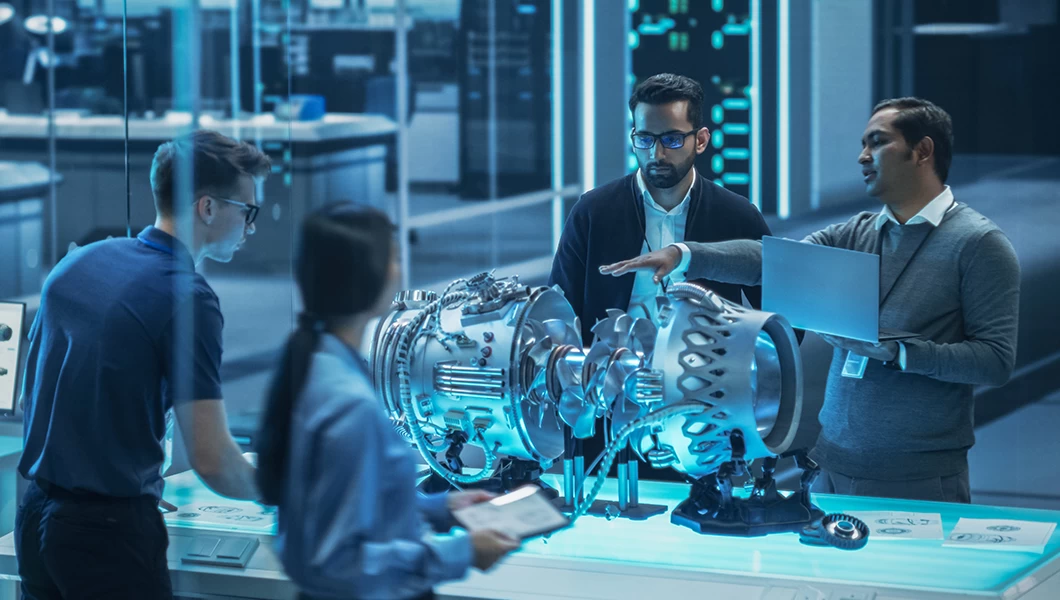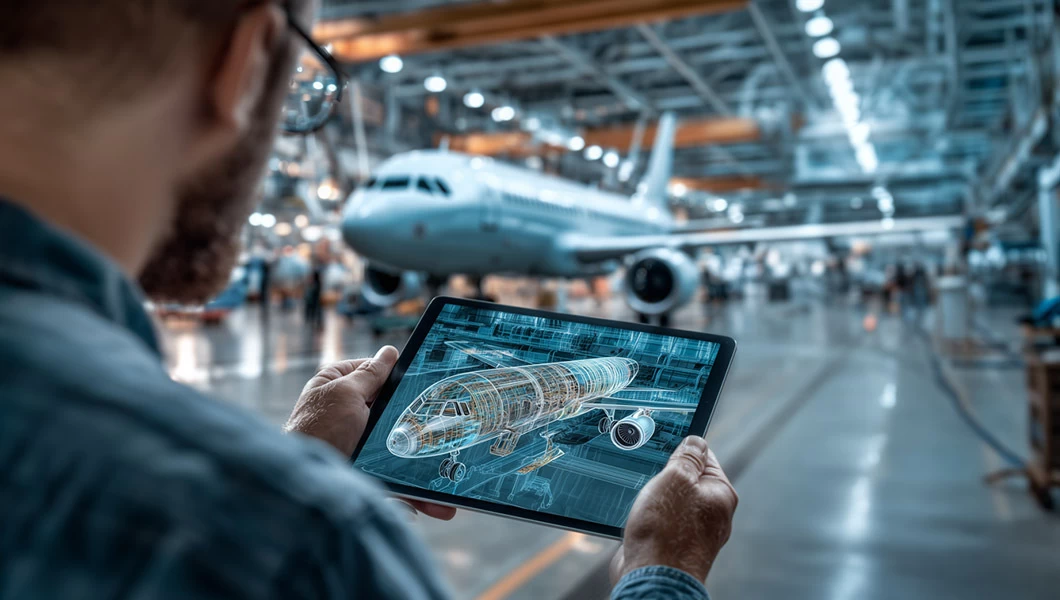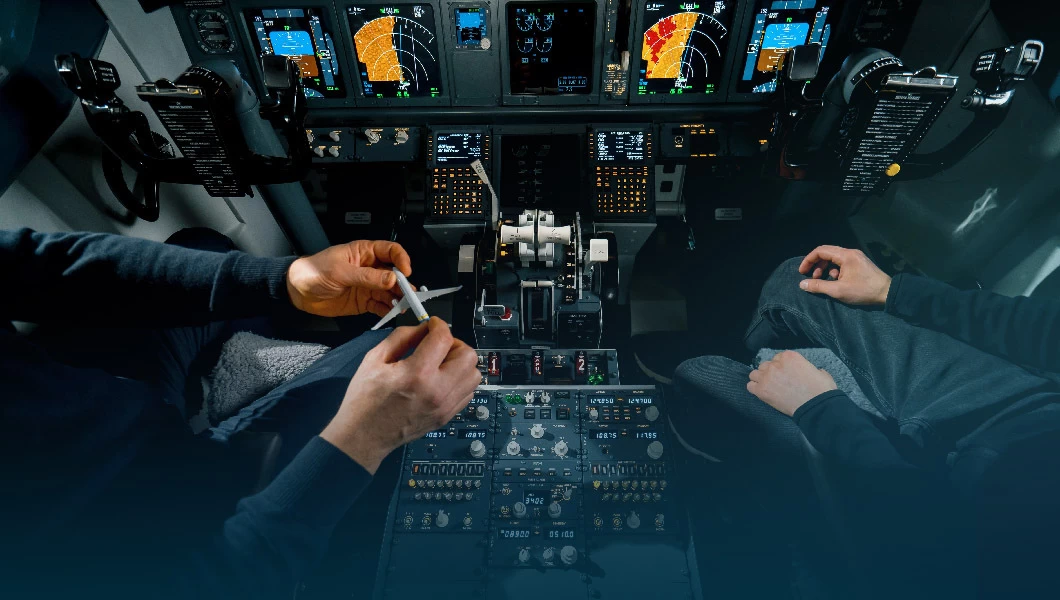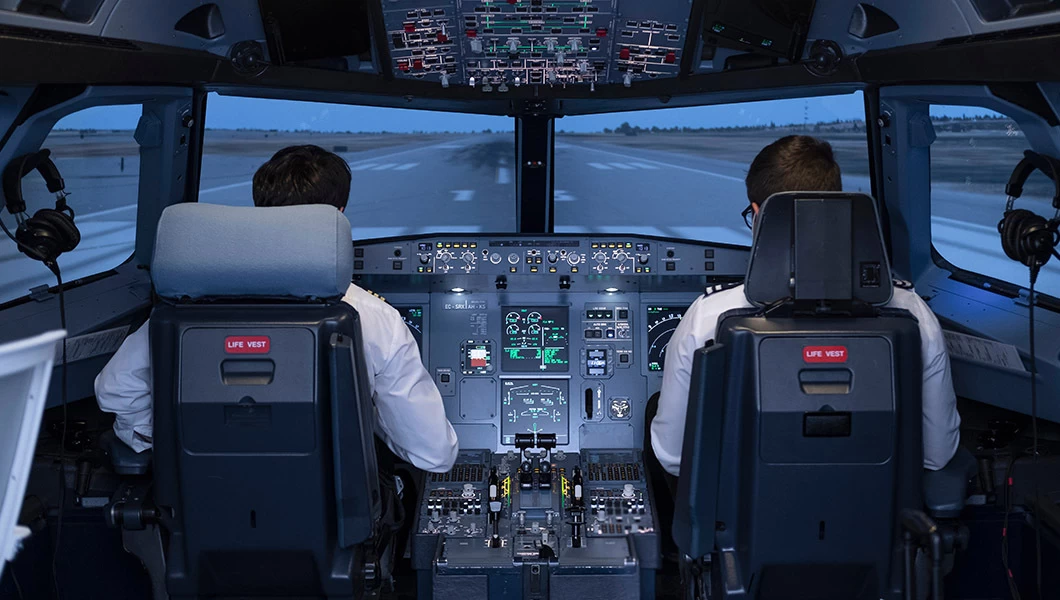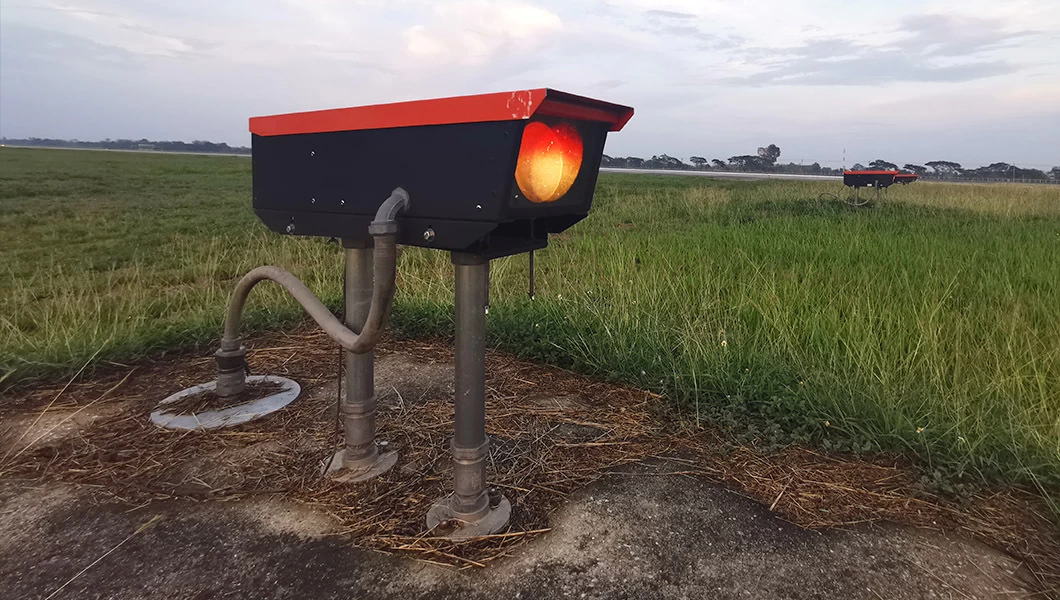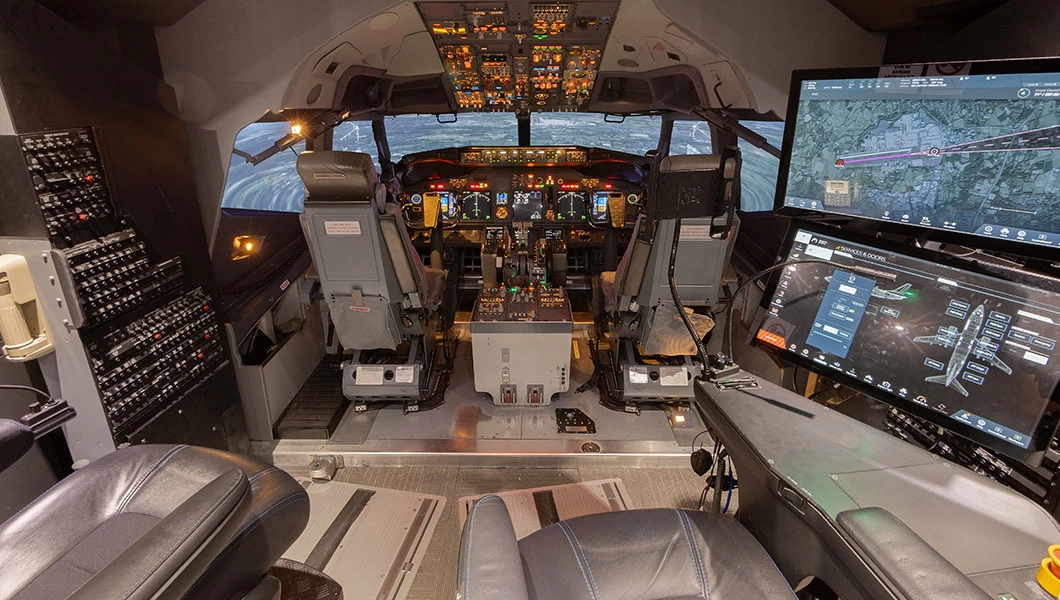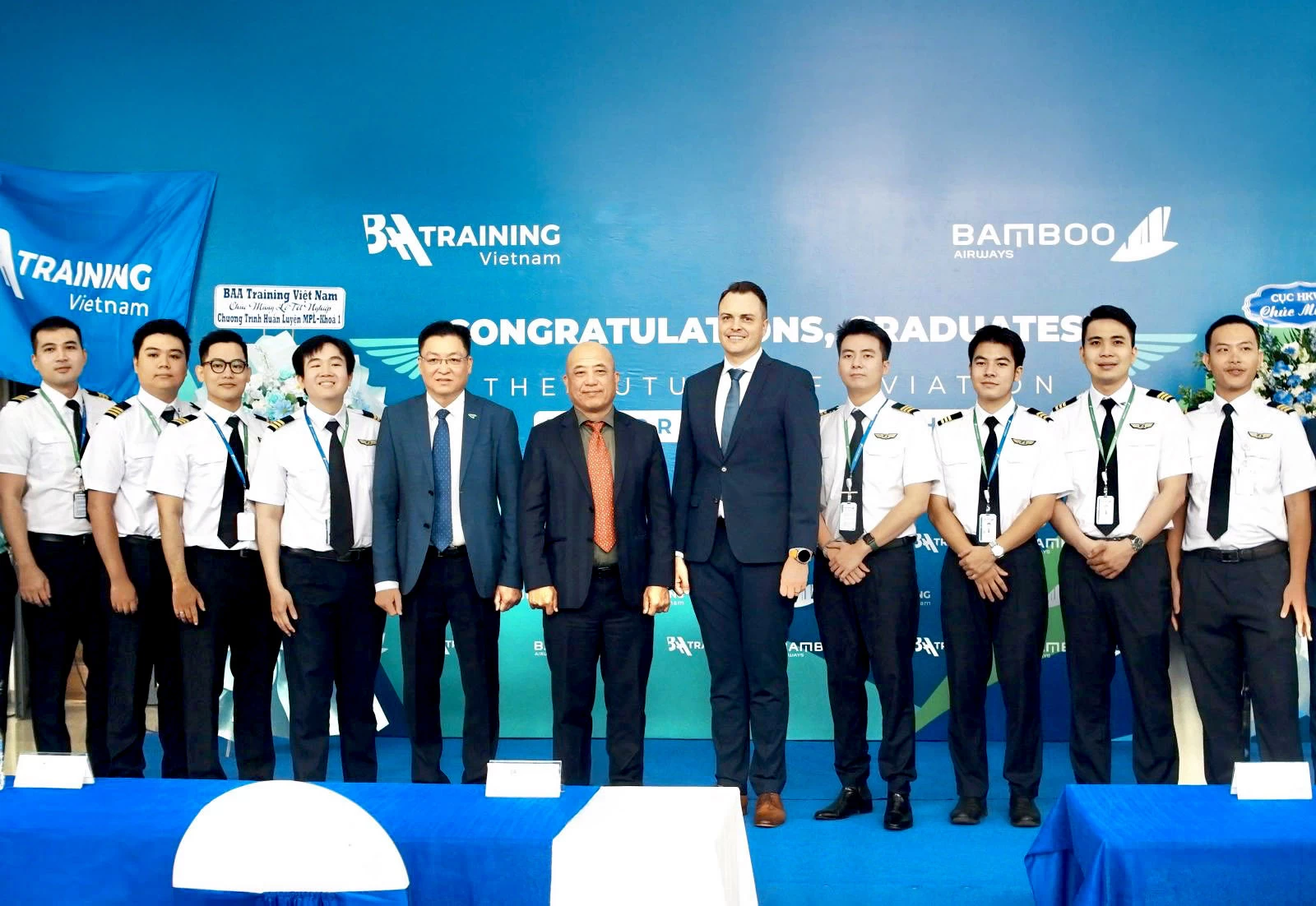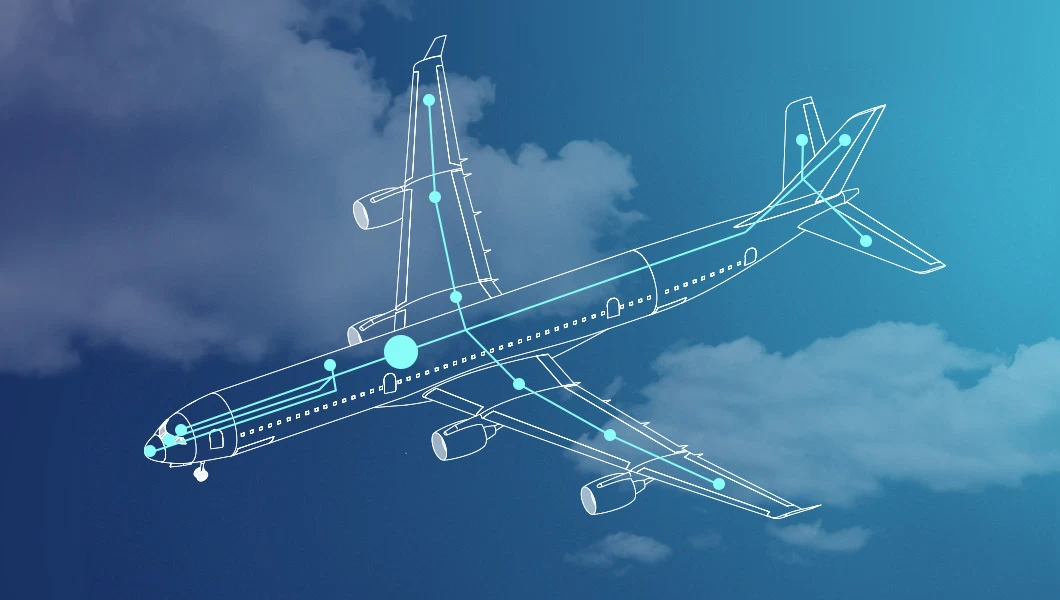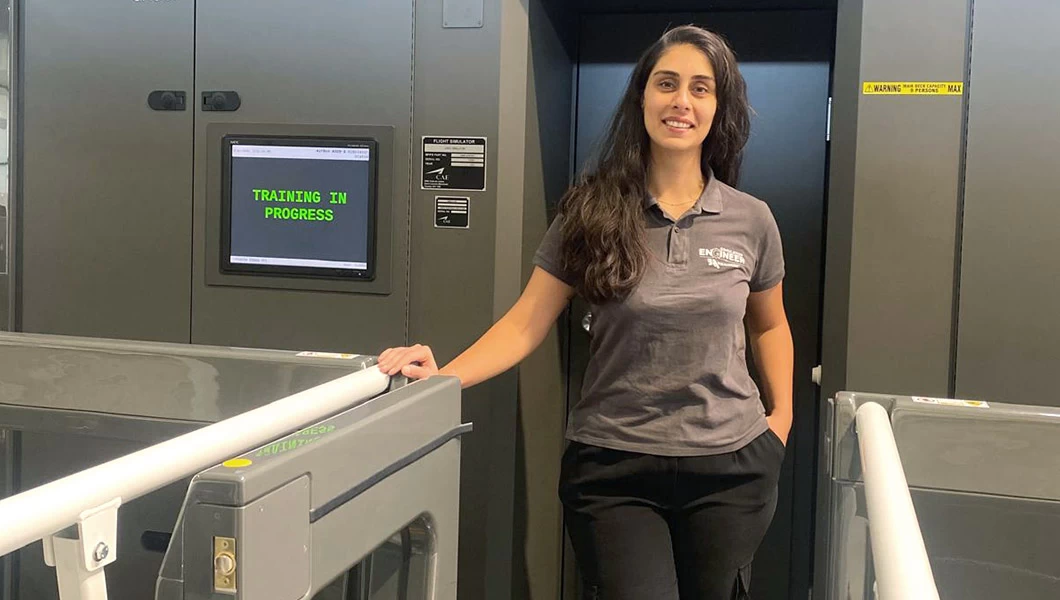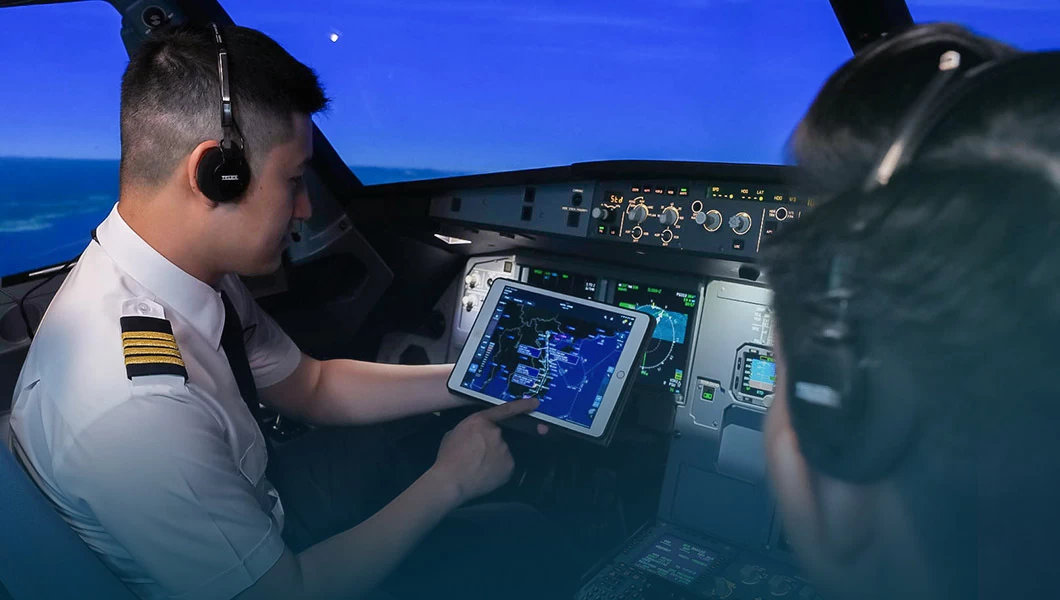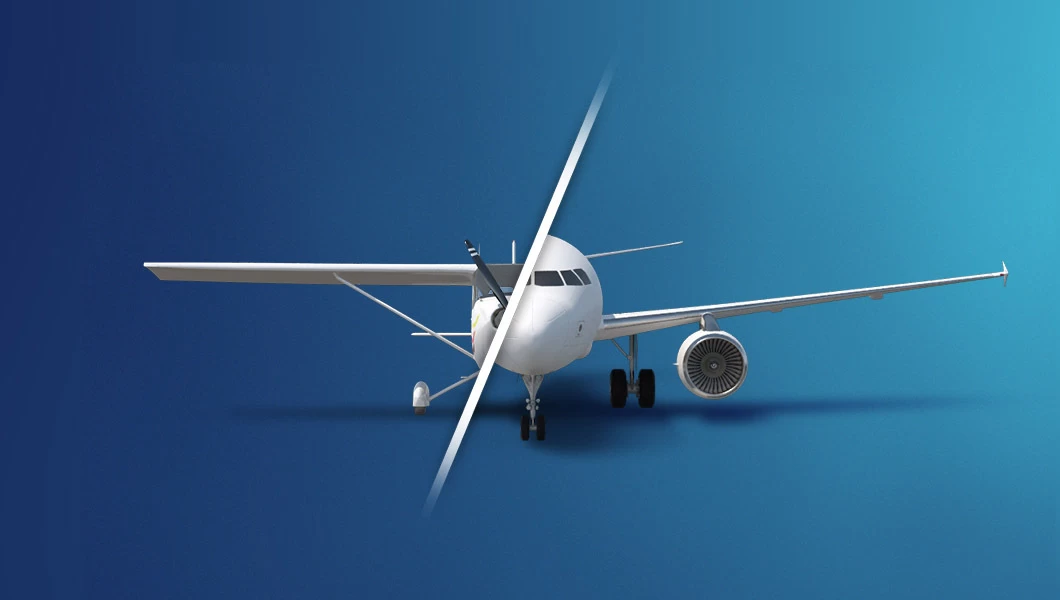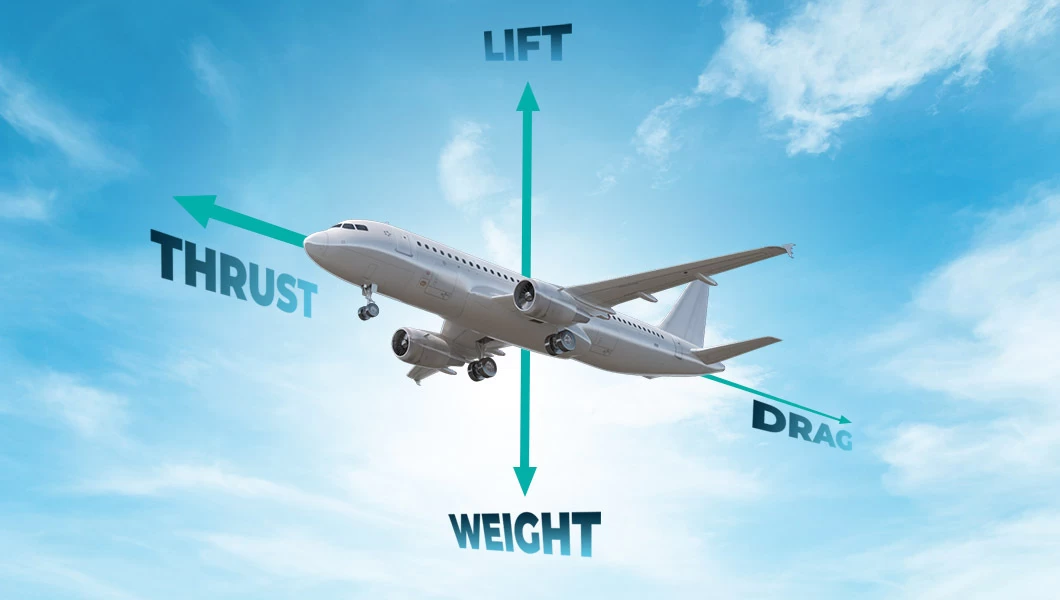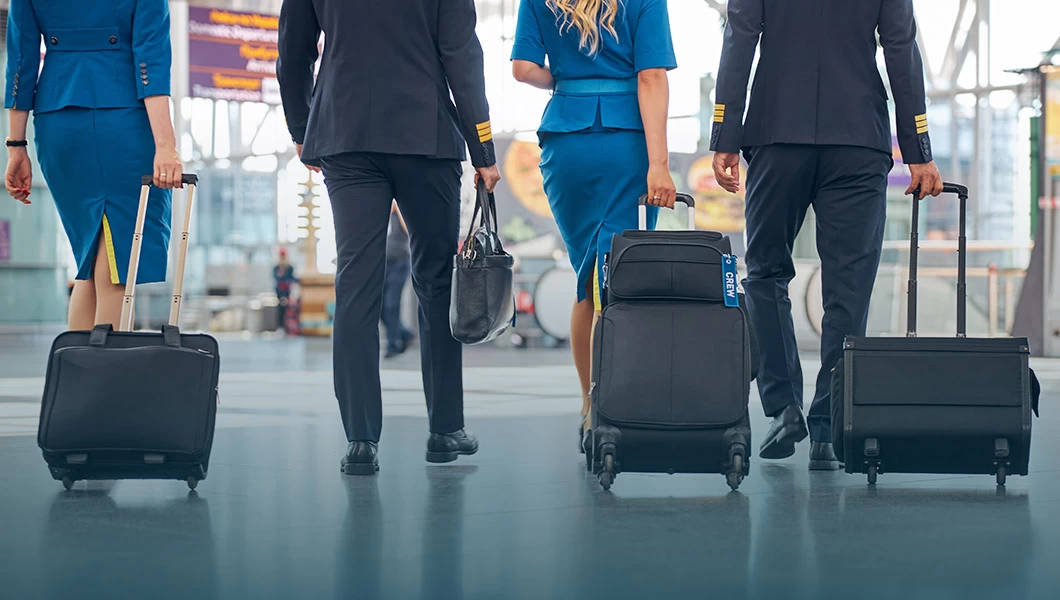Updated on July 25, 2024.
While some technological innovations take more time to be adapted—after all, aviation is a very strictly regulated industry—others tend to find their footing quickly. These emerging technologies encompass a variety of industry fields, from pilot training and aircraft maintenance to airport infrastructure and beyond.
What is the latest aviation technology? Let’s examine what innovations are appearing in the aviation industry and which ones retain their spot this year.
1. Artificial Intelligence (AI)
AI and machine learning algorithms are revolutionizing aviation operations, encompassing everything from flight planning and scheduling to aviation maintenance and passenger services.
By leveraging big data, for example, these technologies enable airlines to optimize routes, reduce fuel consumption, and deliver personalized passenger experiences through data-driven insights and automation. AI-powered systems also bolster safety and situational awareness. Analyzing vast amounts of data and providing actionable intelligence to pilots and air traffic controllers does wonders for air traffic management. And much more. This transformation not only enhances operational efficiency but also elevates the overall safety and reliability of air travel. No wonder AI remains one of the top trending emerging technologies for a reason.
Predictive Maintenance
Out of all maintenance strategies, predictive maintenance is probably one of the most complex and expensive to implement. The good news is that it enables an airline to save money in the long term.
It requires a lot of data to be collected before it can be successfully analyzed and used. For that, sensors and intelligent AI technologies are needed. For instance, airplanes have numerous sensors that continuously monitor aircraft parts like engines, wings, landing gear, avionics, and others. The data is then analyzed by applying machine learning algorithms, and predictions of equipment failures are made before they occur.
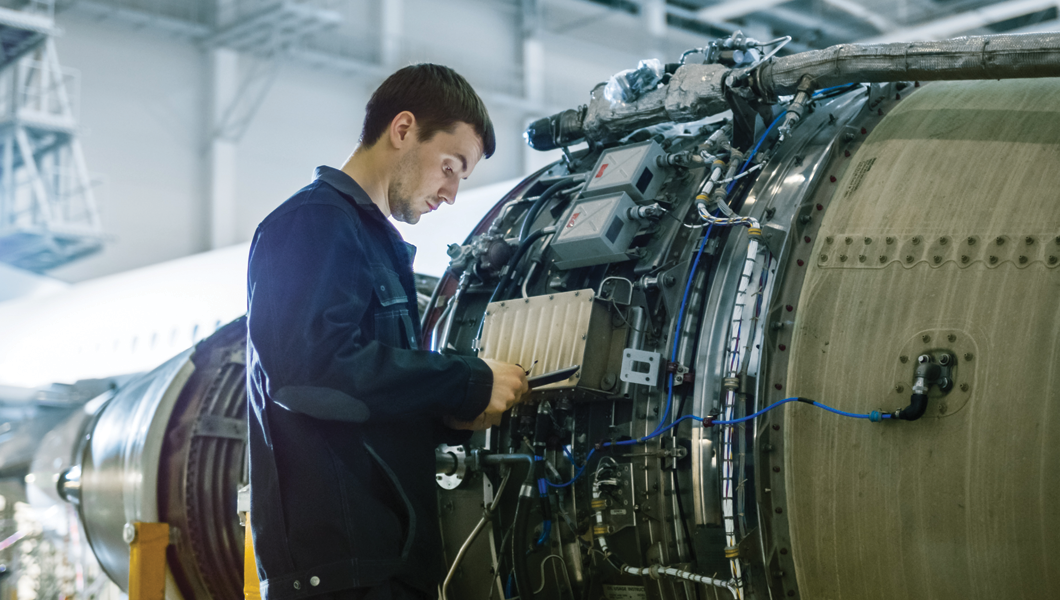
This is how you can stick to a maintenance strategy that keeps an aircraft in its best shape without conducting needless maintenance tasks or stocking up on spare parts.
One example of an aviation company known for being a leader in predictive maintenance is the Lufthansa Technik MRO (Maintenance, Repair and Overhaul) organization. Through early detection of potential problems, the company enhances the safety and reliability of the aircraft, meeting the highest industry standards. It also provides digital platforms and tools, allowing airlines to access and visualize the state of their aircraft in real-time.
AI-driven Simulators
We’ve all seen those standard flight simulation training devices, right? But here’s a fun fact: integrating AI-powered software into these simulators can seriously level up pilot training.
AI-driven simulators offer pilots a safe space to practice by recreating a wide range of flight conditions, emergencies, and system failures. The magic lies in the software’s ability to analyze data in real-time, provide instant feedback, and give instructors valuable insights into areas like performance gaps and response times. This means training can be more personalized, making sure each pilot gets a learning plan tailored to their unique needs and strengths. It’s like having a super-smart co-pilot guiding you to be the best pilot you can be!
2. Autonomous Aircraft
Autonomous aircraft are likely to become one of the most transformative trends in aviation for 2024 and beyond. While we might not yet be boarding pilotless planes for our vacations, the advancements in autonomous flight technology are significant, laying the groundwork for a future where fully autonomous aircraft could become a reality someday.
Electric Vertical Take-Off and Landing (eVTOL)
eVTOL aircraft that use electric power to hover, take off, and land vertically are becoming increasingly popular as the aviation industry seeks to provide efficient, point-to-point transportation between urban areas, avoiding congestion and providing a means of transportation alternative to ground transport.

Companies such as Lilium, Archer Aviation, and others are actively developing their eVTOL aircraft models. Lilium aims to launch commercial operations of their 7-seater eVTOL, the Lilium Jet, with a range of 155 miles and speed up to 175 mph in 2025. The same year, Archer Aviation, which is working with United Airlines, intends to launch its commercial air taxi service, Archer Midnight.
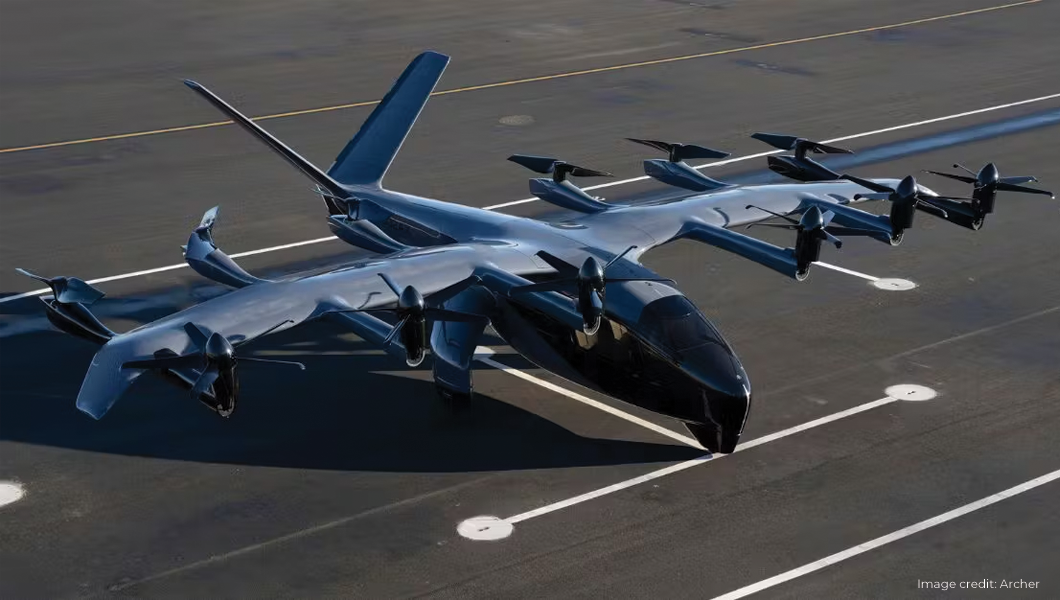
EVTOLs seem superior in many ways, such as reduced noise pollution, faster air travel, sleeker design, and—the important bit—the potential to be completely autonomous! Although, as of now, they are mostly designed to have a pilot on board or be operated remotely by a pilot, experimental autonomous eVTOLs have also successfully undergone testing.
Industry Giants Taking the Lead
The major players in the aviation industry, such as Boeing and Airbus, have also been investing in autonomous aircraft technology. It is being done to maintain a competitive edge and be at the forefront of the industry with modern aircraft.
Imagine a scenario where regulation favors autonomous flights one day. If Airbus was fully prepared to launch its latest development while Boeing was behind, it could potentially lead to severe consequences for Boeing (and vice versa). Therefore, both industry giants have completed projects dedicated to autonomous flying without pilot intervention.
The Airbus A350-1000 widebody airliner has successfully achieved fully autonomous taxi, takeoff, and landings in a series of test flights. On the other hand, Boeing conducted flight tests for five jets that were autonomously flown by artificial intelligence (AI).
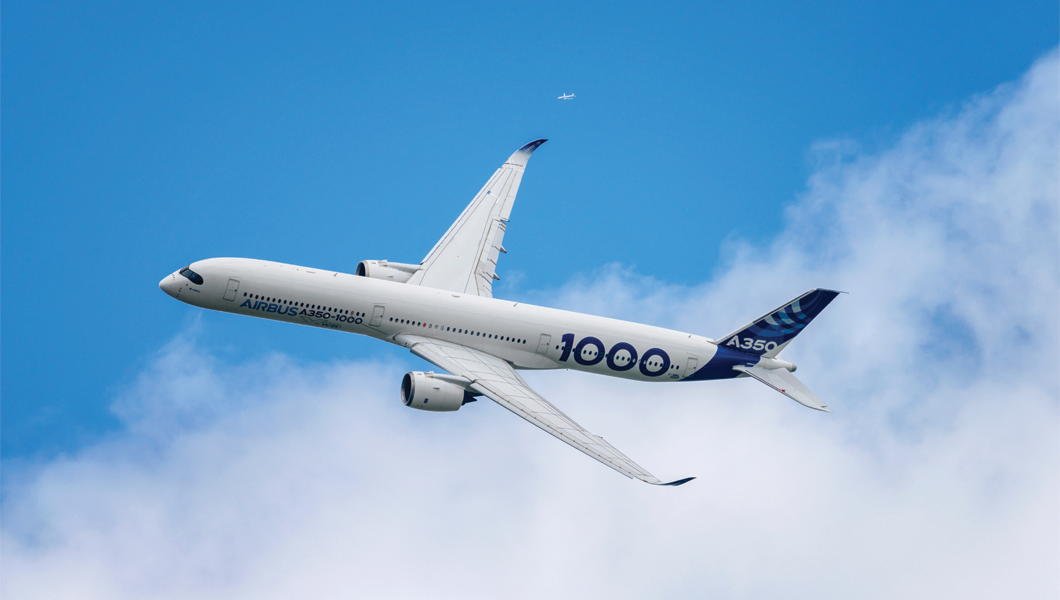
Regulatory Bodies Are Not Ready
While numerous companies are actively working towards developing autonomous aircraft, the regulatory framework has not yet reached a stage where single-pilot operations, let alone full autonomy, are considered feasible.
Similar ARTICLES
The aviation industry operates under strict safety standards, and any drastic shift in operational procedures requires comprehensive evaluation and validation—as well as safe testing. Due to the complexity and criticality of flight operations, it is unlikely that near or even relatively distant future legislation will allow single-pilot operations or fully autonomous flights.
3. 3D Printing
Aerospace was a very early adopter of 3D printing and continues to use it for spare parts printing, as it means lower costs, faster lead times, and more flexible design and development methods. Interior elements like cabin brackets, air vents, and ducting systems, engine components, including nozzles, exhaust parts, and certain combustion chamber elements, can be 3D printed.

Latest forecasts say that the size of the 3D printing market in aerospace and defense is estimated at USD 2.88 billion in 2024 and is expected to reach a whopping USD 6.74 billion by 2029—although the predictions have dropped a bit from previously expected USD 7.37 billion by 2028.
In 2023, the size of the 3D printing market in aerospace and defense is estimated at USD 3.04 billion and is expected to reach USD 7.37 billion by 2028. Some of the major players involved are Stratasys, 3D Systems, Norsk Titanium, EOS, and Ultimaker.
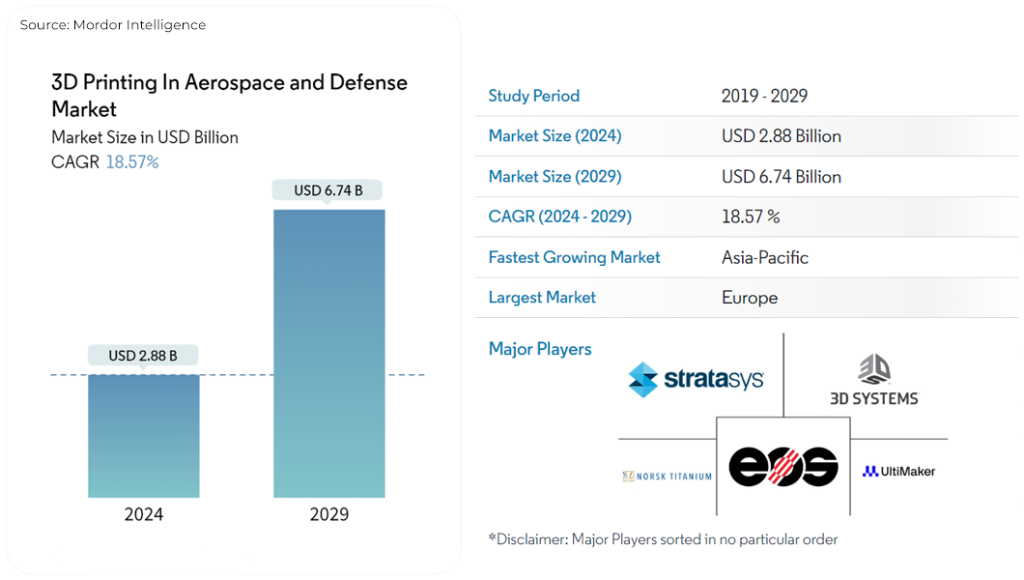
4. Biometrics
Biometric technology is revolutionizing airport security and passenger processing, with 2024 seeing significant advancements in the field. Systems like the “Smart Travel” initiative at Hamad International Airport in Doha utilize palm vein scanning to streamline processes, allowing passengers to move through various stages without physical documents. This not only enhances security but also significantly reduces wait times, making travel more efficient and convenient.
Concerns Over Privacy and Data Security
Public concerns about privacy and data security remain a challenge. However, the industry is actively addressing these issues by improving data protection measures and increasing transparency about data usage and storage. The integration of multimodal biometric systems, which combine multiple biometric identifiers, further enhances both security and user convenience.
What Future Holds
Looking ahead, the adoption of biometric technology in airports is expected to grow rapidly. For example, the use of biometrics in self-bag drop systems is projected to increase, generating significant revenue and improving overall operational efficiency. This continued evolution promises to make air travel smoother and more secure for passengers worldwide.
Your PILOT CAREER
starts with a first click
5. Virtual Reality Training
Aviation is not new to simulated realities. With the great-great-great-great (you get the idea) grandfather of full flight simulators appearing in the early 1900s, the aviation sector has been excellent at introducing new technologies into pilot training to ensure as much safety as possible.
Augmented Reality (AR) and Virtual Reality (VR) offer immersive and hands-on experiences for student pilots, and their adoption in training is only projected to grow—The AR/VR market size in aviation is expected to reach USD 77 million by 2030.
By integrating VR into MCC and Type Rating training stages, BAA Training further improves the skills and knowledge of its students, ensuring they can practice procedures and gain experience in a realistic environment.
With a VR head-mounted display, you find yourself in an environment with lifelike 3D effects. Besides providing depth of view, VR pilot training solutions offer a 360-degree view of the surroundings. This way, students can better perceive distances, shapes, and spatial relationships in the “virtual cockpit.” Thanks to the portability of VR headsets, they can perform the procedure training anywhere, at any time.

Honorable Mentions
6. E-Learning
If you thought that e-learning was a thing of the past, you might want to think again. While remote learning peaked several years ago, some industries that rely heavily on the practical, like aviation, had to quickly shift gears and adapt. But that doesn’t necessarily mean that everyone managed to do it—or do it well.
Looking at some of the biggest pilot training markets, such as the UK, Germany, Spain, or France, for example, it was rather clear that remote or distance theory learning was few and far between. Quite a few examined ATOs lacked the option, and it only goes to show that e-learning still has room to grow and make its place in the pilot training and aviation industry.
One of the standout benefits of e-learning in pilot training is the ability to provide tailored and interactive learning experiences. Modern e-learning systems incorporate a variety of multimedia elements, such as videos, simulations, and quizzes, which enhance engagement and improve knowledge retention. For example, microlearning—short, focused lessons—has proven to increase engagement by 50% and boost knowledge retention significantly, all while cutting development costs by half.
7. Sustainability and Green Technologies
The topic of better sustainability in the aviation industry remains at the forefront of aviation technology trends in 2024, with the industry making significant moves toward reducing its environmental footprint. The push for greener technologies and sustainable practices is driven by the urgent need to address climate change and adhere to stricter regulatory standards aimed at curbing carbon emissions.
Sustainable Aviation Fuels
Hands down, one of the most promising developments in aviation sustainability is the use of Sustainable Aviation Fuels (SAFs). SAFs are produced from renewable resources such as agricultural waste, algae, and even municipal waste, providing a cleaner alternative to conventional jet fuel. SAFs can reduce carbon emissions by up to 80% compared to traditional fuels over their lifecycle. Airlines like United, Delta, and British Airways have already begun integrating SAFs into their fleets, with the goal of significantly increasing their usage over the next decade.
Despite their potential, the adoption of SAFs still faces challenges, such as high production costs and limited availability. But ongoing investments and advancements in production technologies are expected to make SAFs more accessible and economically viable. For example, collaborations between airlines, fuel producers, and governments are crucial in scaling up SAF production and creating a more robust supply chain.
Bottom Line
The aviation industry is on the brink of transformative changes driven by cutting-edge technologies. From the integration of AI and machine learning to optimize operations and enhance safety, to the implementation of VR/AR into pilot training, these advancements continue setting new standards. And forward-looking pilot schools, like BAA Training, are integrating VR technology to bring pilot training to a new level. It’s interesting to observe how these advancements will play out during the rest of the year and not too distant future.
